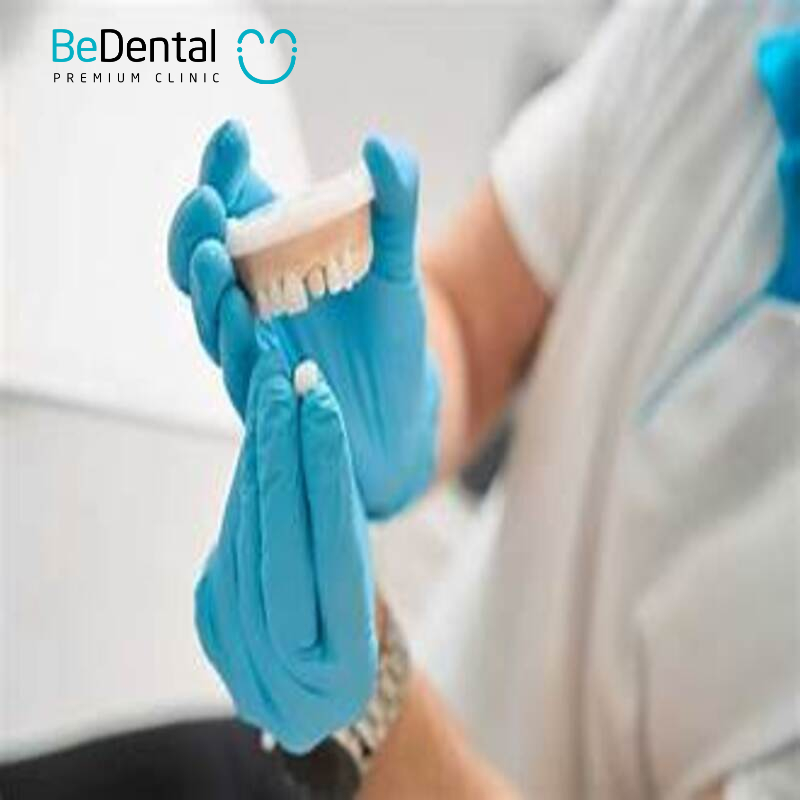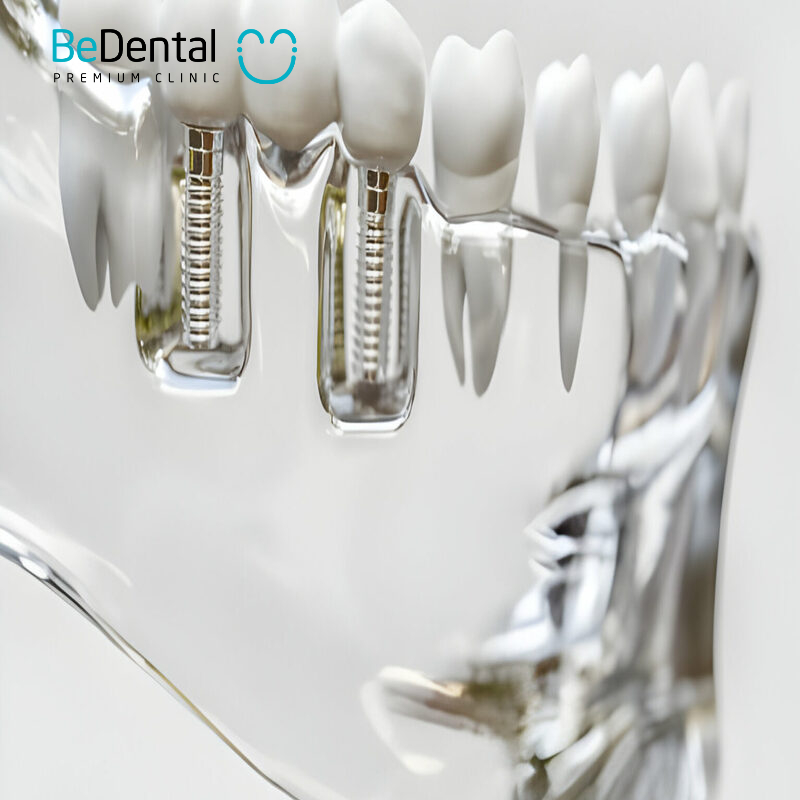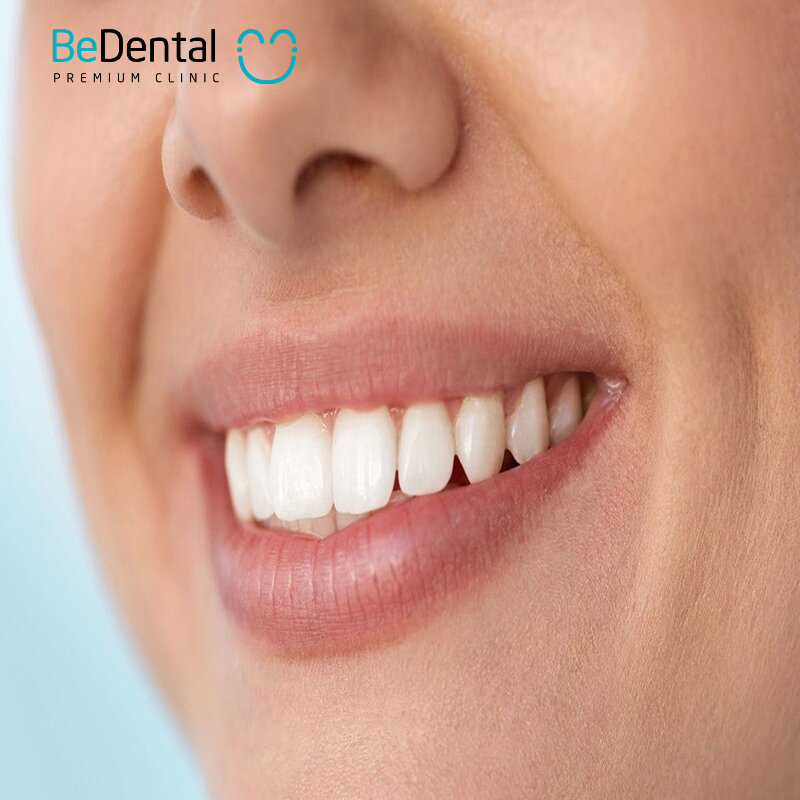Getting dental crowns not only improves the aesthetics of your smile but also restores the chewing function of your teeth. Statistics show that about 60% of patients opt for dental crowns to enhance their oral health. This process typically involves several steps, including oral health examination, tooth preparation, and finally, the placement of the crowns. Each stage is crucial and must be executed correctly to ensure the quality and safety of the patient. This article Step by step Guide to getting dental crowns from A to Z, providing an overview and preparing you for the procedure.
Benefits of Dental Crowns in Enhancing Aesthetics and Oral Function
Dental crowns not only provide aesthetic beauty to smiles but also help improve the user’s confidence. With a color and translucency resembling natural teeth, dental crowns create a more natural and appealing appearance. These crowns can be designed to match the shape and size suitable for the face and surrounding teeth, contributing to an overall harmonious smile.
Enhanced Oral Function
In addition to aesthetic improvements, dental crowns play a vital role in enhancing oral function. They are highly durable, improving the ability to chew and crush food. This ensures that users can enjoy all types of food without difficulty. Furthermore, dental crowns can also be used to cover damaged or weak teeth, protecting them from exposure to harmful factors such as bacteria and acids from food.

Durability and Longevity
One of the standout features of dental crowns is their durability and longevity. Crowns are more resistant to wear than natural teeth, helping to maintain their shape and function over time. Additionally, dental crowns are not susceptible to cavities like natural teeth, which reduces the risk of developing oral diseases.
Non-Irritating
Finally, dental crowns are known to be soft tissue-friendly solutions. They do not irritate the gums or soft tissues, allowing users to feel more comfortable during use. Overall, dental crowns are not only an aesthetic choice but also an effective solution for oral health, meeting the diverse needs of consumers in modern times.
Step by step Guide to Getting Dental Crowns
Before receiving dental crowns, patients will undergo a three-step process that includes: an oral health examination, X-ray imaging to evaluate the structure of the teeth and jawbone, and a direct consultation with the dentist. Step by step Guide to getting dental crowns below
Oral Health Examination
The first step in the dental crown process is the oral health examination (Dental exam). The dentist will check the condition of the teeth and gums to identify any issues that need treatment before proceeding with the crowns. Early detection of issues such as cavities, gum disease, or weakened teeth is crucial as these can affect the results and longevity of the dental crowns.
X-ray Imaging
After the clinical examination, the dentist will order X-ray imaging to assess the structure of the teeth and jawbone. X-rays help the dentist detect internal issues not visible to the naked eye, such as the condition of the tooth roots, jawbone structure, and surrounding tissues. This step is vital to ensure that the dental crowns are placed on a healthy oral foundation.
Consultation with the Dentist
After receiving the examination and X-ray results, the dentist will consult with the patient. During this session, the dentist will assist the patient in selecting the appropriate type of dental crown based on their oral condition, aesthetic needs, and budget. The dentist will also explain the procedure, the time required for each stage, and important considerations before, during, and after the dental crown placement.

The Dental Crown Procedure
Next is the dental crown procedure, which involves four steps: Anesthesia, Tooth Preparation, Impressions, and Temporary Crown Placement.
Step 1: Anesthesia
After the consultation and preparation, the next step is to administer anesthesia to the patient. The goal of this step is to ensure comfort and pain-free experience during the dental procedure. Anesthesia helps reduce feelings of anxiety and nervousness, allowing the dentist to perform subsequent steps efficiently.
Step 2: Tooth Preparation
Next, the dentist will prepare the tooth by reshaping it to create space for the crown. This step requires precision and skill, as excessive or insufficient tooth reduction can affect the fit of the dental crown later on. Tooth preparation also creates a suitable surface for securely attaching the crown.
Step 3: Impressions
After preparing the tooth, the dentist will take impressions to create an accurate model for the dental crown. This process involves using impression material to create an exact replica of the shape and structure of the mouth. This model will be sent to the lab to fabricate the dental crown according to the predetermined size and shape.
Step 4: Temporary Crown Placement
While waiting for the official dental crown to be completed, the dentist will place a temporary crown for the patient. This temporary crown not only protects the prepared tooth but also maintains chewing function and aesthetics for the patient during the waiting period. This step is crucial to prevent issues arising from the prepared tooth being exposed to the external environment.
The Process of Getting Dental Crowns
After placing the temporary crown, patients will undergo the remaining three steps of the dental crown procedure: Crown Fabrication, Crown Placement, and Final Check and Follow-Up.
Step 5: Crown Fabrication
Once the impressions are taken, the crown fabrication process will take place at the dental lab. Here, the dental technician will use modern technology to create the dental crown according to the specifications obtained from the impressions. This process may involve using CNC machines and CAD/CAM technology (wikipedia) to produce crowns with high accuracy, ensuring a good fit and aesthetic appeal.
Step 6: Crown Placement
When the dental crowns are ready, the dentist will proceed to place them on the patient’s natural teeth. Before finalizing, the dentist will check the fit and aesthetics of the crowns to ensure they blend seamlessly with the patient’s existing teeth. Once everything is confirmed to be satisfactory, the dentist will use specialized bonding material to secure the crowns in place. This step requires careful attention to ensure durability and aesthetics for the dental crowns.
Step 7: Final Check and Follow-Up
Finally, the dentist will review the entire process and guide the patient on proper oral care after getting dental crowns. Post-procedure follow-up and care are crucial to ensuring the crowns maintain their durability and beauty over time. Patients will be scheduled for regular check-ups so that the dentist can monitor their dental health and the condition of the crowns.
Important Considerations When Getting Dental Crowns
The cost of dental crowns often varies depending on the type of crown chosen, the dentist’s expertise, and the dental clinic’s facilities. On average, the price for a dental crown can range from 5 million to 15 million VND. All-ceramic crowns typically cost more than porcelain-fused-to-metal crowns. Additionally, some dental clinics offer comprehensive service packages that include examinations, X-rays, and crown placement.
Duration of the Procedure
The total duration of the dental crown procedure usually takes 5 to 7 days, depending on the type of crowns and the patient’s oral health condition. During the first appointment, patients will receive an examination and consultation, followed by preparation steps such as tooth reduction, impression taking, and temporary crown placement. The remaining time will be allocated for crown fabrication at the lab and the placement of the permanent crowns during the next appointment.

Possible Risks and Complications
Although the dental crown procedure is generally considered safe, some risks and complications may arise. Possible issues include:
- Infection: If proper sterilization protocols are not followed, patients may develop infections at the treatment site.
- Pain and Sensitivity: Some patients may experience pain or sensitivity after getting dental crowns, particularly in the initial stages.
- Misalignment: The dental crowns may not fit accurately with the natural teeth, leading to difficulty in chewing or discomfort.
- Discoloration: Some types of dental crowns may become discolored over time if not properly cared for.
Choosing a reputable dental clinic and a highly skilled dentist will help minimize these risks and ensure a smooth dental crown process.
Why is BeDental a Trusted Name for Cosmetic Dental Crowns in Vietnam?
BeDental is regarded as a reputable dental in Vietnam (from DentaVacation) provider for cosmetic crowns for several reasons: BeDental is a trusted name for cosmetic dental crowns in Vietnam due to its use of advanced materials like all-ceramic, zirconia, and E-max crowns, offering durable and natural-looking results. The clinic provides personalized treatment, ensuring long-lasting solutions while prioritizing aesthetics and comfort. BeDental’s expertise, cutting-edge technology, and patient care have earned it a strong reputation in the field.
For those seeking further consultation regarding dental examination services, please visit BeDental’s locations in Hanoi or Ho Chi Minh City. You can also reach us at our hotline: (+84) 934.61.9090 / (+84) 899.555.636 or through our Facebook page, BeDental, for prompt and accurate assistance.




